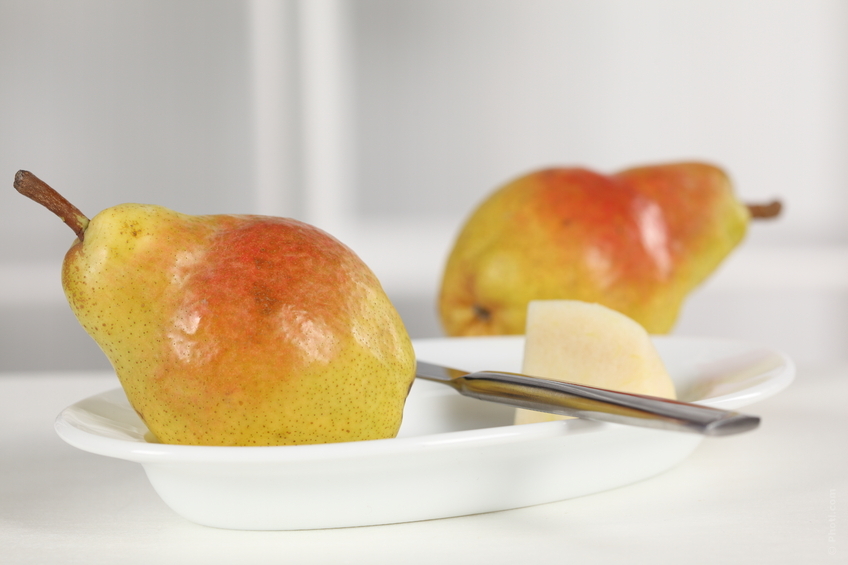Eating with a Purpose in Mind
In the United States, you strive to do more with less, get the most bang for your buck. You may search out products and places that are multi-functional or duel performers. Consider multi-purpose products, such as cellular telephones, that also work as day timers, alarms and cameras or face creams that not only moisturize but also exfoliate the skin while nourishing it with vitamins. These days, it’s preferable for many to save time by doing all the shopping at ONE ‘superstore,’ that sells food, clothes, prescriptions and cosmetics.
If you demand multi-purpose stores and products…why don’t you expect the same from the foods you eat? Doesn’t it make sense to choose foods that nourish your body AND perform other functions at the same time? Yes, it does!
“A purposeful diet is one that includes foods that are true multitaskers. Such foods may aid in weight management, help prevent chronic disease, control inflammation, strengthen your immune system, nourish you with energy AND/OR offer mental health benefits.”
Nearly 2/3 of Americans are obese, relying heavily of filling, tasty foods that offer energy but little else. Heart disease, diabetes and cancer are on the rise. Whole foods trump vitamin supplements. You cannot bottle flavonoids (substances responsible for the color of produce) that enhance immunity while giving foods like grapes and cabbage a purple hue. For better health, eat fresh foods (in season) available from your local farmer’s markets. Explore the wide variety of healthy foods at many major supermarkets that at one time were only available only at health food stores. What do you have to lose…compared to what you can gain?? Make one substitution per day. Get the most ‘bang for your buck’ with these easy swaps:
Instead of:
A handful of jellybeans » handful of dried apricots
Strawberry milkshake » a fruit smoothie made with non-fat soymilk, frozen, unsweetened fruit and a splash of orange juice
A shmear of mayonnaise » ⅛ mashed avocado
White pasta » cooked pearled barley or quick-cooking brown rice
Other multipurpose foods include apples, grapes, oranges and kiwi fruits, walnuts, almonds and peanuts, fresh spinach, broccoli, onions, garlic and sweet potatoes, fresh fish (tuna, mackerel, halibut, salmon), seeds (pumpkin, sunflower, sesame) and legumes (lentils and beans) are just some of the foods that meet the criteria for being multi-purpose. In addition to energy, they provide vitamins, minerals, dietary fiber and other compounds, such as antioxidants. These compounds promote optimal health and help fight disease. Herbs and spices such as cinnamon, tumeric, parsley and basil contain these compounds as well.
Strive to consciously choose foods that provide much more than energy or calories. Every day, aim to eat 2 cups, or the equivalent, of fruits and 2.5 cups of vegetables, and shoot for maximum variety. In addition, include soy or non-fat milk or yogurt products, a variety of whole grains, such as buckwheat, quinoa, barley and oats, lean protein foods, such as fish, legumes and poultry and unsaturated fats. “Healthier” fats come from foods such as olive and canola oil, nuts and seeds and avocados.










